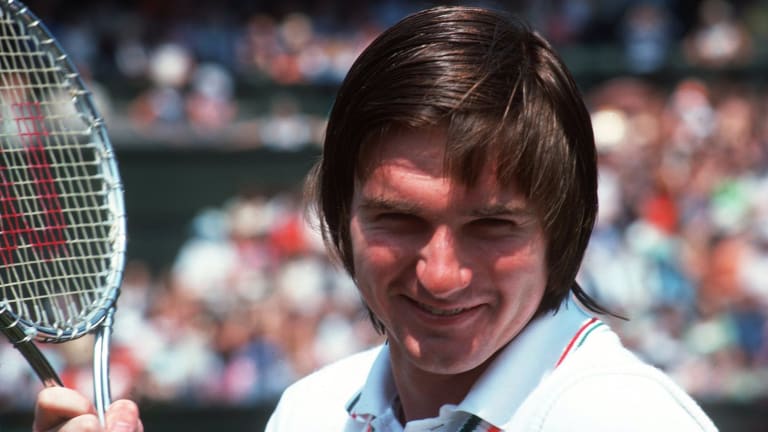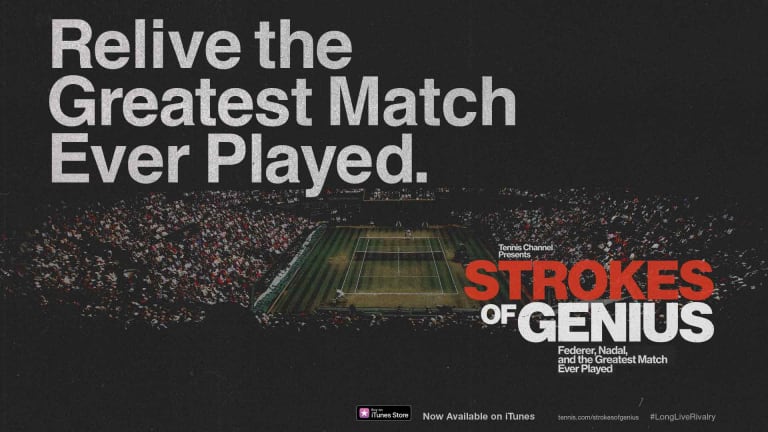As Wimbledon comes to a close, we're counting down the 10 most memorable matches at the All England Club over the last 50 years.
We know that Icarus flew too close to the sun and was burned, but did Tarzan ever swing too high and lose sight of the trees? That’s one explanation—metaphorically speaking, of course—for what happened in the 1975 Wimbledon men’s final, which would go down as one of the most epochal, and popular, upsets in tennis history.
Coming into the event, 22-year-old Jimmy Connors was the overwhelming favorite. He had won the tournament the previous year, was No. 1 in the world, and was playing with unprecedented viciousness. In 1974, Jimbo had gone 99-4, and there was talk in the locker room about how he would “go on winning everything for years.”
Few people watching Connors’ Wimbledon semifinal against Roscoe Tanner would have dared to disagree. “Pumped and rolling like never before, Jimbo only just stopped short of beating his breast like some miniature tennis Tarzan,” Richard Evans wrote. “But in fact this extravagant show of power-packed tennis was only contributing to his downfall.”
You see, there was one person watching who had to believe that Connors could be beaten. Arthur Ashe, who had just finished a five-set win over Tony Roche in his own semifinal, sat toweling off in the Wimbledon locker room as Jimmy strutted across the TV screen above him. Ashe saw the bullet-serving Tanner hit the ball hard at Connors, only to have it come back harder; now he knew what not to try in the final. There was only one problem: Like Tanner, Ashe had always played with slashing power and caution-to-the-wind aggression. Could he change, just this once?
The consensus was that, whatever Ashe tried, it wasn’t going to work. His friends in the press were almost frightened for him. Bud Collins said he was “scared to death that Arthur was going to be terribly embarrassed.” Frank DeFord of Sports Illustrated skipped the match entirely rather than see Ashe be humiliated.
WATCH—Stories of the Open Era - International Tennis Hall of Fame:

